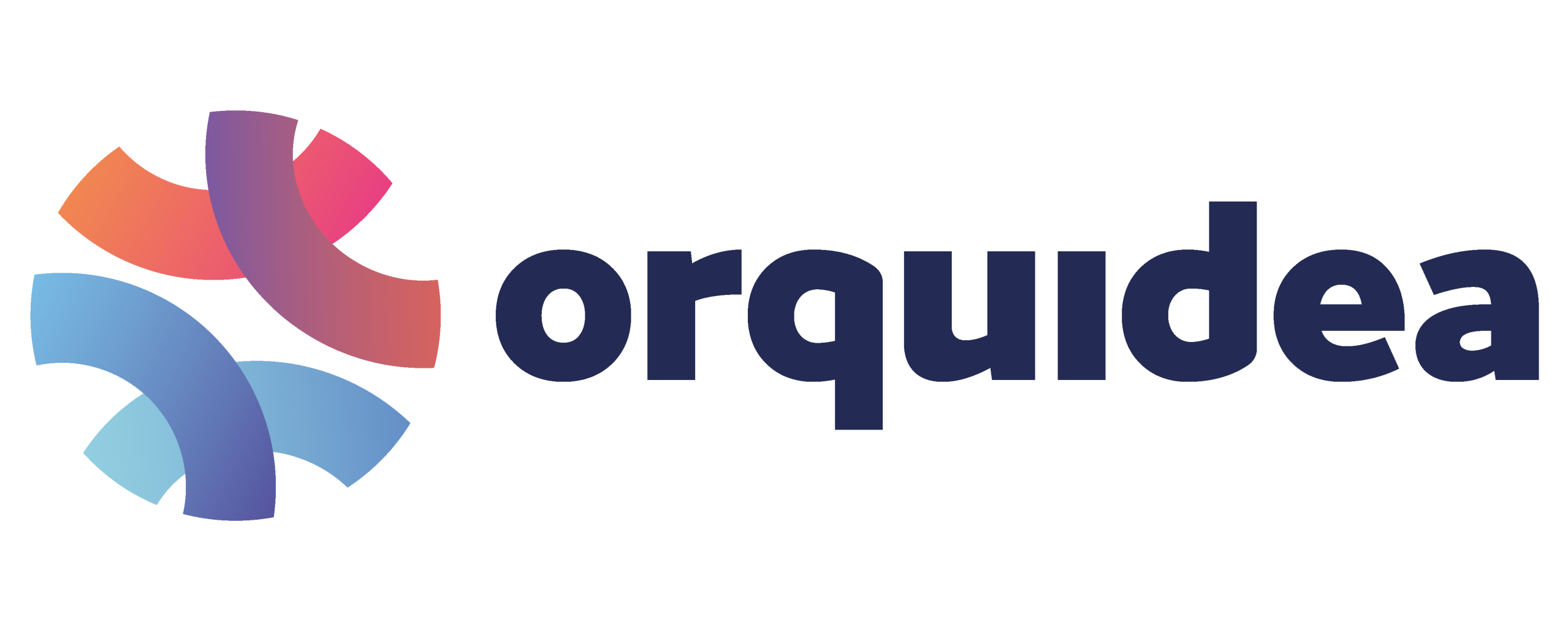AI in Finance: Risk, Regulation, and the Rise of Synthetic Markets
Finance is built on prediction, trust, and control. As artificial intelligence enters trading floors, risk departments, and regulatory frameworks, it’s reshaping how capital flows, how decisions are made, and how markets behave. This article explores real-world applications of AI in finance, focusing on risk management, regulatory response, and the emergence of synthetic markets driven by machine cognition.
1. Algorithmic Trading and Market Dynamics
AI powers:
- High-frequency trading (HFT) with millisecond execution
- Sentiment analysis from news and social media
- Portfolio optimization based on real-time data
- Autonomous agents that simulate market behavior
Firms use models to predict price movements, detect arbitrage, and execute trades at scale.
2. Risk Management and Surveillance
AI helps:
- Detect fraud and money laundering through pattern recognition
- Predict credit risk and bankruptcy likelihood
- Monitor systemic risk across institutions
- Flag anomalies in transaction flows and compliance logs
Tools like AML bots and early warning systems enhance financial stability and operational resilience.
3. Synthetic Markets and Simulation
AI enables:
- Simulated trading environments for stress testing
- Synthetic data generation for model training
- Virtual assets and algorithmic pricing mechanisms
- Agent-based modeling of market behavior
Synthetic markets allow regulators and firms to test scenarios before they unfold in reality.
4. Voices from the Sector
Tobias Adrian, IMF Financial Counsellor:
- “Generative AI is poised to impact financial markets—enhancing liquidity, but also introducing new stability challenges.”
ECB Financial Stability Review (2024):
- “AI-driven trading may increase systemic risk through synchronized behavior and herding.”
These voices emphasize the need for foresight and oversight.
5. Regulatory Technology (RegTech)
AI helps regulators:
- Automate compliance checks and reporting
- Monitor for market manipulation and insider trading
- Identify regulatory loopholes and emerging risks
RegTech platforms make supervision more scalable and data-driven.
6. Explainability and Transparency
Regulators demand:
- Explainable AI (XAI) for all financial models
- Audit trails for automated decisions
- Human override mechanisms for critical actions
Trust is built through clarity, not complexity.
7. Systemic Risk and Stability
AI may amplify:
- Market volatility through synchronized trading
- Operational risk via model failure or cyberattack
- Interconnectedness across institutions and platforms
Regulators warn that AI could become a source of systemic fragility if unchecked.
8. Institutional Strategy
Banks and asset managers are:
- Creating AI governance boards
- Investing in explainable AI and fairness audits
- Collaborating with regulators and academia
- Training staff in AI literacy and ethics
Strategy must balance innovation with accountability.
9. The Road Ahead
Expect:
- AI-powered robo-advisors with emotional intelligence
- Synthetic financial instruments and virtual exchanges
- Real-time regulatory sandboxes for model testing
- Global coordination on AI standards and oversight
Finance will evolve—not just with machines—but with shared intelligence and ethical stewardship.
Conclusion
AI in finance is not just about speed—it’s about structure. From risk to regulation, it challenges how markets operate and how trust is built. The rise of synthetic markets and autonomous agents demands vigilance, transparency, and collaboration. In this fifth case, we see that intelligence—when applied to capital—must be guided by prudence, ethics, and public good.
